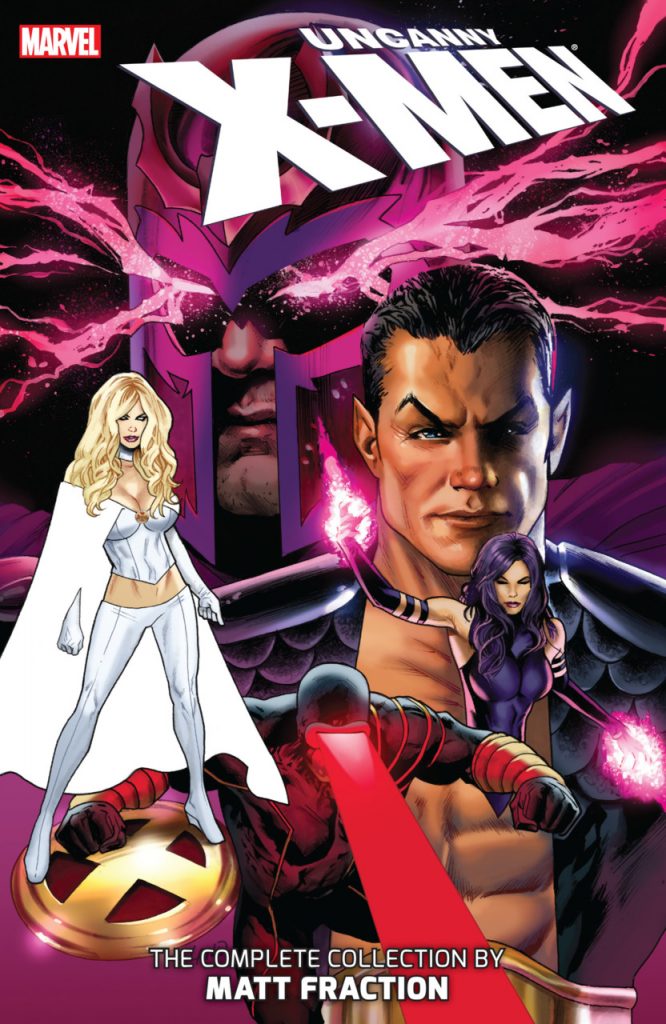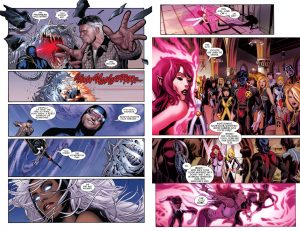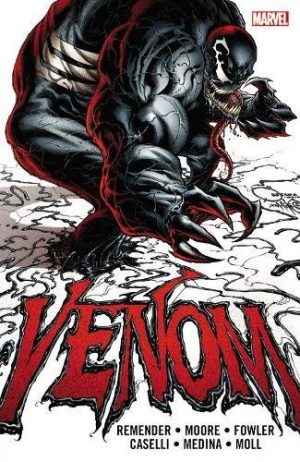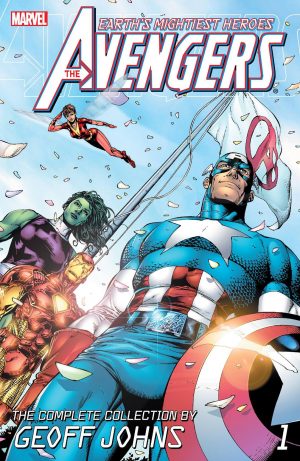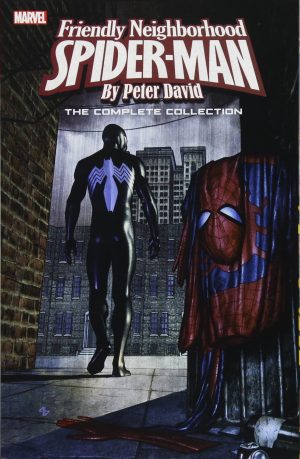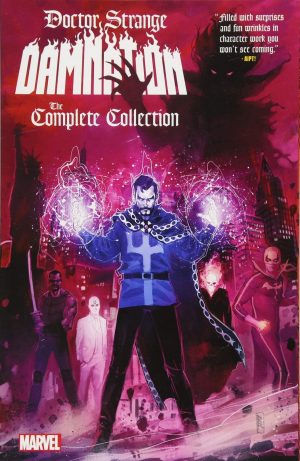Review by Ian Keogh
These stories occur when the X-Men were based on the island of Utopia, a home for all mutants during a period when just under two hundred retained their powers, and when Norman Osborn controlled US security forces. A clash was inevitable, and comes early, featuring all stories written by Matt Fraction and also found in the Utopia graphic novel, while most of the remaining content was previously issued as Uncanny X-Men: Nation X.
The core ‘Utopia’ story concerning Osborn co-opting his own team of X-Men is one of deceit and manipulation, but suffers from too much time spent on ordinary conflicts setting up an admittedly good resolution. Also less than ideal is the need for so many artists. What’s allegedly Marc Silvestri’s chapter credits four people for pencil assists and requires nine inkers. Terry Dodson, Mike Deodato and Luke Ross (sample art right) are far better. Yanick Paquette’s steampunk 1906 is a delight on the opening chapter, while Alan Davis is always a delight.
Fraction has his favourite characters, so Namor and Emma Frost are consistently featured, with Cyclops more a necessity as leader, while others filter in and out of the spotlight. He continues to expand the cast in stories that combine the drama and action that have made the X-Men such a successful franchise over the years, but they don’t always look as exciting as they should under Greg Land (sample left). His artistic speciality is image manipulation, which is viable enough in creating super-glossy faces, if sometimes with inappropriate poses and expressions, but when the story calls for more than that Land’s methods don’t deliver. When he has to draw something viewed from a distance, his art is lacking, so he avoids doing that, which means a story about fearsome dinosaur-like predators isn’t as good as it ought to be. Terry Dodson is far more imaginative, and his standout pages are a delve inside the minds of Emma Frost and Scott Summers closing this collection.
The better moments here are all when Fraction isn’t distracted by having to shoehorn in concerns other than the X-Men, although his contributions are frequently under-appreciated due to being filtered through the limitations of Land’s art. A third Complete Collection combines the final three X-Men graphic novels written by Fraction.
